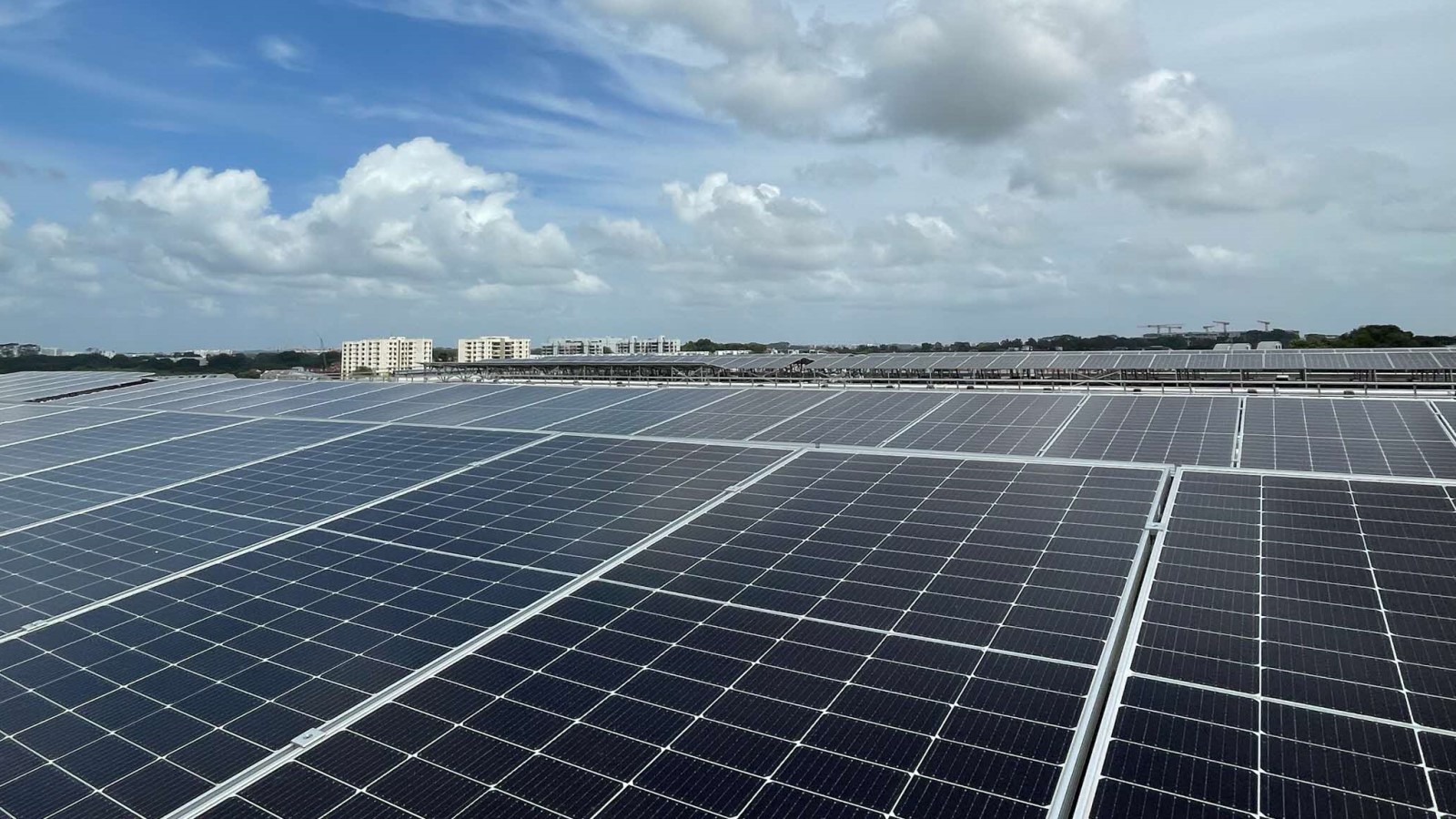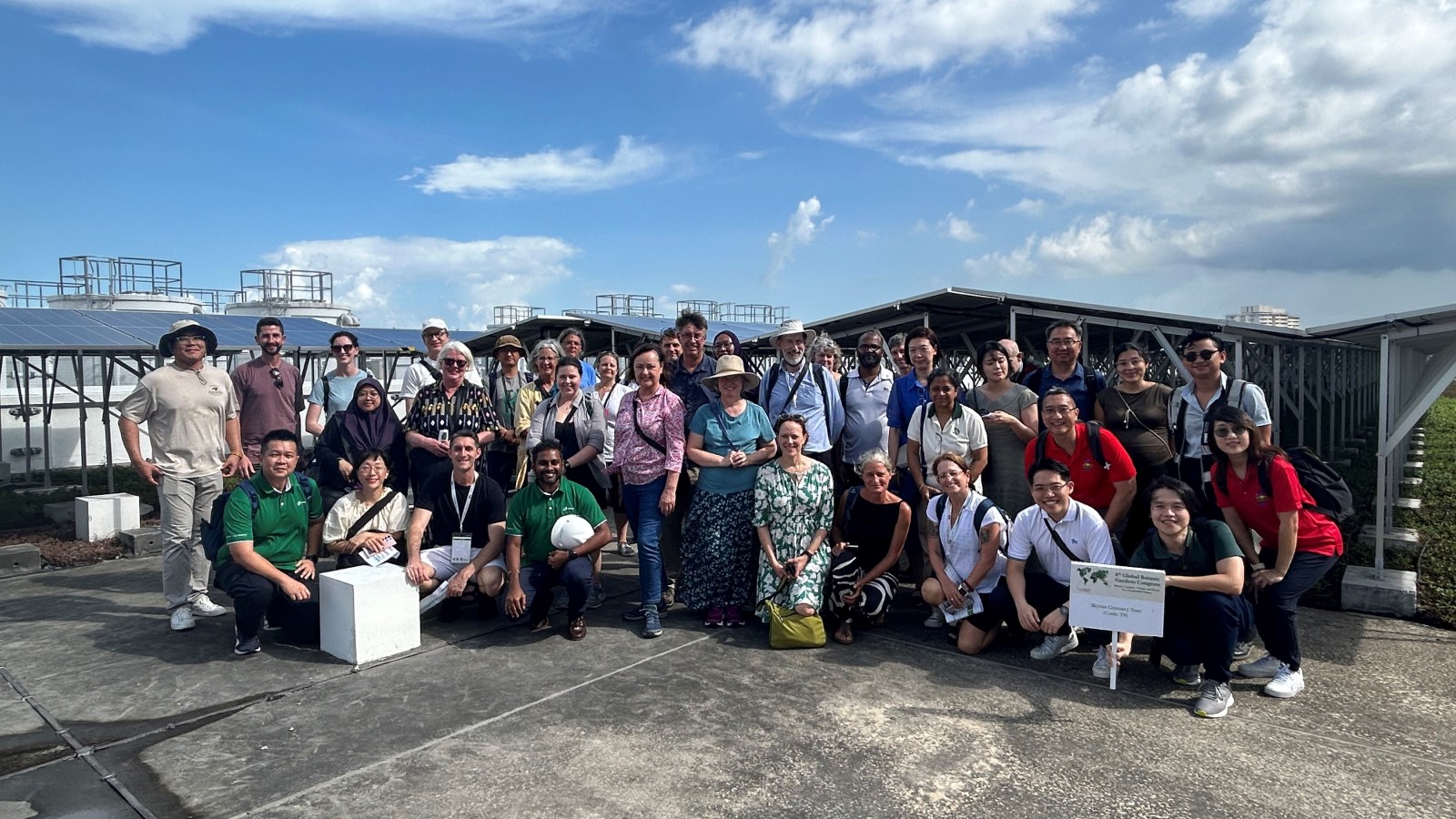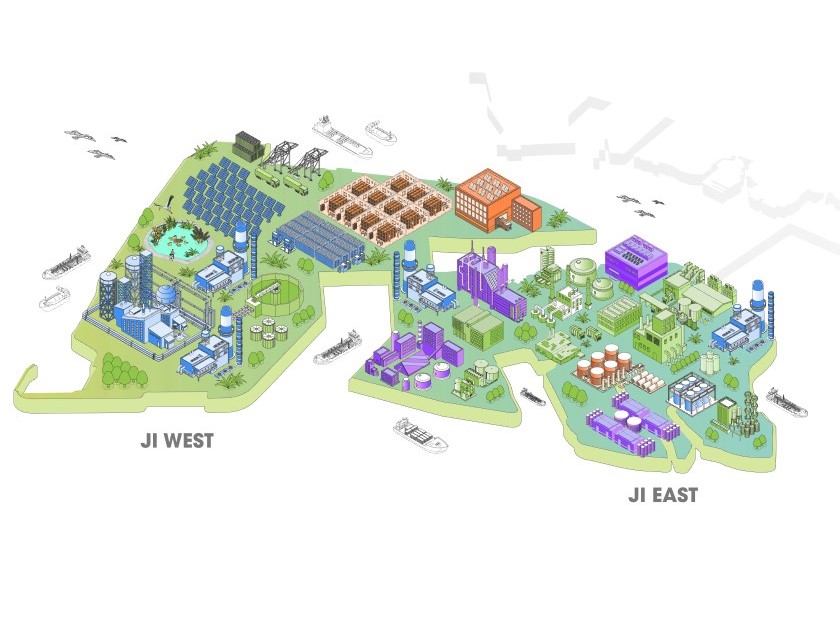Singapore may be land-scarce, but it is certainly not sunlight-scarce. Recognising this potential, JTC launched two initiatives — SolarRoof and SolarLand — to convert suitable rooftops and vacant land into sources of clean energy.
SolarRoof, introduced in 2017, focuses on deploying solar photovoltaic (PV) panels atop industrial buildings across JTC’s estates. The programme’s initial phases focused on JTC-owned buildings but were later expanded to encourage wider solar adoption among JTC lessees. SolarLand, rolled out in 2018, brings solar power to otherwise idle plots of land, transforming underutilised terrain into temporary solar farms.
Both programmes are rooted in the idea that sustainability is not an afterthought but a design principle — one that shapes infrastructure, business models and community aspirations. “As Singapore's industrial infrastructure developer, we are in a unique position to influence and accelerate the adoption of solar energy across industrial estates nationwide,” observes Kevin Emanuel Suhartono, a sustainability engineer at JTC’s Future of Building and Infrastructure division who is closely involved in the development of both programmes.

A strategic response to a national movement
In an era of climate urgency, the question is not only whether we should act — but how quickly and intelligently we can. With limited natural resources and rising energy demands, Singapore’s Green Plan 2030 sets a bold agenda for sustainable development and emissions reduction.
Home to plots of land and hundreds of buildings, JTC’s industrial estates offered potential for solar deployment. While the team saw an opportunity to create meaningful impact at scale, engagement sessions with industrialists revealed several challenges that needed addressing.

“Cost is always a big hurdle. Even though solar panels are cheaper now, that initial investment is still a big hurdle, especially for smaller companies. For some buildings, there are also practical issues. Many rooftops are already full of equipment or weren't built to withstand solar PV panels. Sometimes nearby buildings create too much shade, or the roof design itself makes installation tricky. These will require creative solutions,” Kevin says.
He adds: “The whole process can be quite daunting too. Companies must figure out technical studies, choose vendors, deal with regulatory requirement… it's a lot to handle when energy isn't your main business.”
Collaborative models for scalable impact
Through SolarRoof, JTC offers building owners two deployment options — solar leasing or rooftop licensing — allowing businesses to adopt solar energy with zero upfront capital.
Building owners who opt for solar leasing can purchase solar energy at discounted rates off the prevailing SPPG electricity tariff, with the third-party vendors handing the installation and maintenance of the solar panels. Through rooftop licensing, building owners can earn passive income by allowing solar vendors to install the panels and export the generated energy to the national power grid.
“Many small businesses aren't sure where to start with solar adoption or what benefits they'll get,” Kevin explains. “That's why we’ve been offering the SolarRoof programme to JTC lessees since 2021, where they can get in touch with the appointed vendors to consult and install solar PV panels on their rooftops.”
To further promote awareness and encourage solar adoption, JTC is partnering with the vendors to engage with businesses, ensuring they have the support and information they need throughout their solar adoption journey. These engagement efforts also aim to address installation and maintenance concerns. “We’ve seen that these concerns can be managed successfully through proper installation and maintenance protocols. The key is working with reliable vendors who adhere to industry best practices and safety standards,” Kevin says.
Similarly, SolarLand works in much the same spirit of partnership. Renewable energy companies such as Sembcorp Solar, Terrenus Energy, and EDP Renewables transform JTC’s vacant land into temporary solar farms, designed with mobility in mind so that installations can be relocated when the land is needed for development. The model turns short-term land vacancy into long-term climate action.

Maximising space for clean energy
By transforming suitable surfaces into active energy generators, SolarRoof and SolarLand will help Singapore enhance energy resilience, and advance towards the national target of deploying at least 2 gigawatt-peak (GWp) of solar energy by 2030.
Neither initiatives would be possible without strategic partnerships. These initiatives are underpinned by business models that bring together government agencies, third-party vendors and industrialists in mutually beneficial ways.
The benefits of these programmes ripple outward. At a business level, companies reduce their carbon footprint, lower operating costs, and enhance their environmental credentials. “These days, consumers and investors are becoming more environmentally conscious. Having solar panels on your roof is one of the most tangible ways for businesses to demonstrate commitment towards sustainability. It can set your business apart,” observes Kevin.
At a national level, SolarRoof and SolarLand allows Singapore to diversify its energy sources and build resilience into its grid. But there is another, quieter benefit: cultural transformation. By making solar adoption easier across industrial estates, sustainability is now embedded into the daily operations of businesses, making clean energy a viable goal.
“The business case for solar adoption has never been stronger,” Kevin adds. “With rising electricity costs and increasing focus on corporate sustainability, companies can benefit from both cost savings and long-term strategic advantages. Taking action today means you can access current incentives while positioning your business ahead of future sustainability requirements.”

Milestones that matter
The numbers tell an encouraging story. As of 2024, about 800 megawatt-peak (MWp) of solar capacity has been installed across JTC’s estates. This covers installation on JTC building rooftops, vacant industrial land, as well as the rooftops of lessee’s buildings.
For example, developed by Sembcorp Solar, the Tuas solar farm spans 10 hectares and generates 17.6MWp of solar energy. It also features Singapore’s first integrated rainwater harvesting system, reinforcing the link between clean energy and resource circularity. At Changi Business Park, Terrenus Energy has installed some 35,500 solar PV panels on a 11.6-hectare site, making it the biggest ground mounted solar farm on a single plot of land.
Over at Jurong Island, JTC is seeing one its largest solar deployments come to fruition. Awarded to Sembcorp Solar, the deployment will add about 117MWp capacity across the energy and chemicals park. Covering 60 hectares of vacant land and five JTC buildings, including Jurong Rock Caverns facilities and Jurong Island Checkpoint, this initiative will power equivalent of 33,400 4-room HDB flats annually.
A future built on light
The SolarRoof and SolarLand programmes are testament to what is possible when every square metre is seen not just as space, but as potential. Kevin and his teammates are studying the feasibility of next-phase enhancements for these initiatives, which include the deployment of mobile substations, ground-mounted agrivoltaics systems, solar installations on linkway canopies, and integrated solutions combining rooftop solar with greenery.
“Sunlight offers so many possibilities,” Kevin says. “How we harness it must be equally imaginative.”
Interested to embark on your solar adoption journey? Check out JTC’s SolarRoof programme infokit here.


